Why Shouldn't Your Back Be Too Straight? How to Fix It?
Advertisement
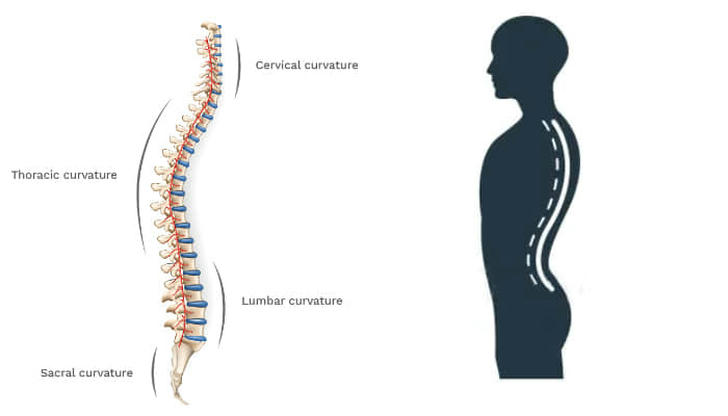
Many people believe that maintaining a straight and flat back looks more beautiful. However, have you noticed that keeping a straight back is hard to sustain for a long time and the more you try to maintain it, the more tired you become? In reality, having a back that is too straight may not be the best posture.
Having a Back That's Too Straight Might Be a Health Issue
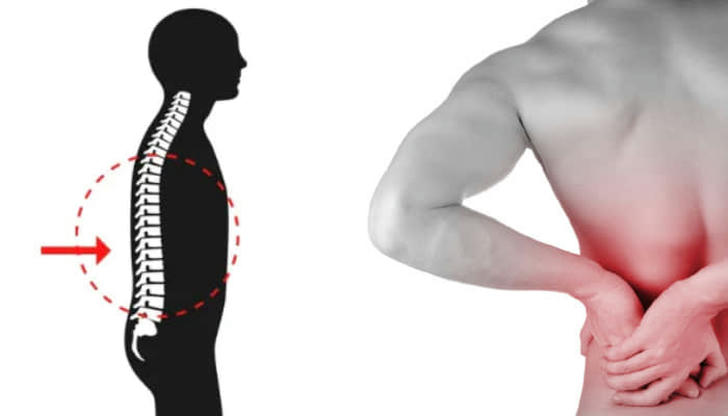
In fact, when a person sits or stands, the back appears to be straight when viewed from the side, but the vertebrae wrapped inside are not straight. They form a curve that protrudes forward and backward in the midsection.
Natural curvatures of the spine that absorb and balance stress from body movement and gravity, there are a total of 4 natural curves:
• Cervical Lordosis (forward curvature of the neck vertebrae)
• Thoracic Kyphosis (backward curvature of the chest vertebrae)
• Lumbar Lordosis (forward curvature of the lumbar vertebrae)
• Sacral Kyphosis (backward curvature of the sacral vertebrae)
As the natural curvature of the spine decreases, the ability to evenly absorb and distribute mechanical stress throughout the body diminishes, and some muscles may have to work harder to help stabilize the spine.
Having a back that is too straight is a condition known as flatback syndrome, where the body tilts forward while standing or walking. Muscles are a crucial part of maintaining daily posture, with the back muscles, abdominal muscles, and the psoas major muscle interacting to collectively support trunk stability. To adapt to a forward-leaning body, these muscles need to exert extra force, leading to strain and potential injuries, which may worsen over time.
Why Does the Back Become More Straight?
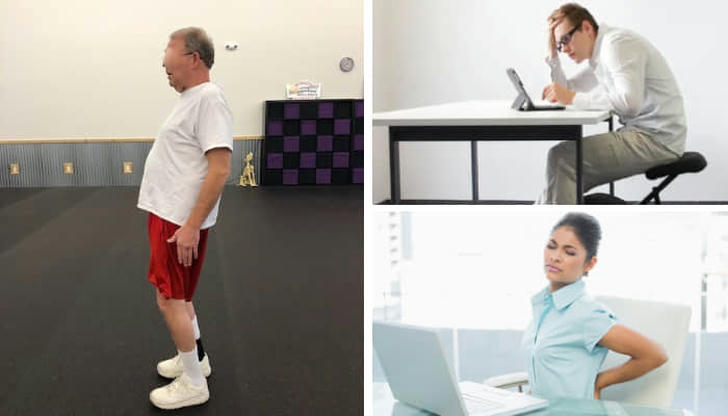
Flatback syndrome is an abnormal posture where the spine loses its natural physiological curves and becomes flattened.
The spine becomes imbalanced, with a decrease in the curvature of the lumbar spine, causing a forward tilt in the center of gravity. Consequently, a person with flatback syndrome often experiences abnormal tension in the lower back muscles, leading to fatigue. Maintaining a certain posture while standing or sitting can result in lower back pain and discomfort.
Three common incorrect postures affecting spinal curvature:
• Slouching: The entire back leans backward, and the lumbar spine fails to maintain its natural forward curvature, increasing pressure on the intervertebral discs.
• Humpback: A posture often adopted unconsciously when working at a desk, with the back arching forward and the shoulders hunching, causing the lumbar spine to lose its natural forward curvature, resulting in increased pressure on the intervertebral discs.
• Overly straight: While appearing reasonable, this posture leads to excessive tension in the entire body, making it challenging to maintain for an extended period. Over time, it can cause stiffness and muscle soreness.
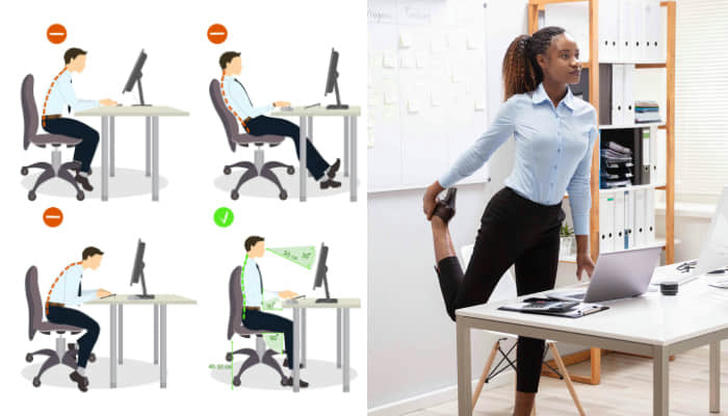
Correct Sitting Posture
Sit on a chair without a backrest, placing your hips at the front 1/3 to 2/3 of the seat. Lean slightly forward, keeping your lower back straight, and tighten your abdominal muscles.
When there is a backrest, ensure that your hips occupy the entire seat. For individuals who spend long hours sitting, consider placing a properly sized cushion at the level of the lower back, aligned with the navel. Then, press your body against the backrest, allowing your lower back to stretch without leaving it hanging.
Note: Even with maintaining a good sitting posture, prolonged sitting can still lead to lower back pain. Prolonged maintenance of a single position can result in fatigue. It is recommended to occasionally change positions during long office hours, such as using a standing desk or engaging in some simple exercises. This helps alleviate muscle tension, improve blood circulation, and reduce discomfort in the lower back.
6 Practical Tips to Fix the Spinal Problems
1. Belt
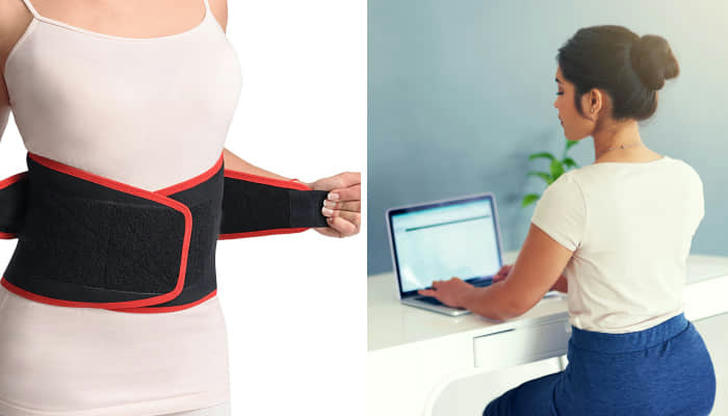
If your core strength is weak, you can use external support to maintain the stability of the lumbar curve, such as purchasing a belt with metal stays. This type of supportive belt can unconsciously maintain lumbar stability during prolonged sitting, making it a good investment before intensifying muscle training.
2. Adjustable Computer Stand
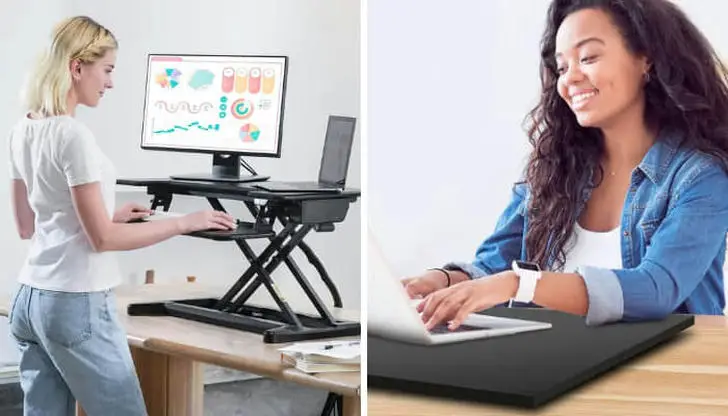
Prolonged sitting is a major cause of lower back pain and lumbar curve issues for many young people. An adjustable computer stand allows you to easily switch between sitting and standing. Changing positions every hour helps effectively prevent muscle fatigue and tension.
3. Stretching
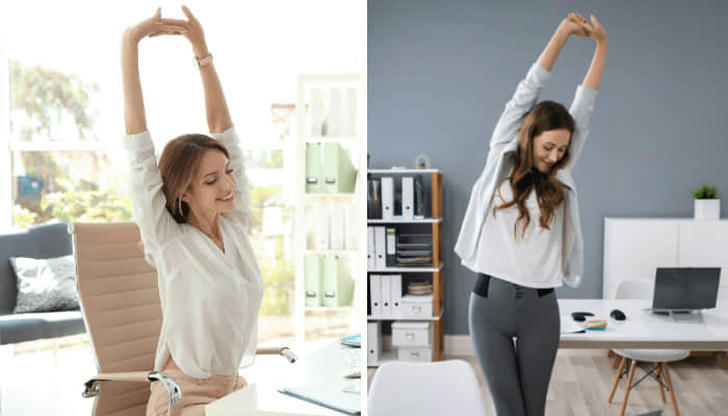
Set reminders to stand up and stretch your body every so often. For example, turn your head left and right, do chest-expanding exercises, touch your feet with both hands from the lower back, and then stand up.
4. Increase Muscle Training

Engage in core and back training, such as planks, side planks, morning bows, bent over Y-raises, to enhance the stability of the entire back, reducing the burden on the spine.
5. Massage and Physical Therapy

Seek the assistance of a professional masseuse or physical therapist to relax tense muscles through massage and therapy, promote blood circulation, and alleviate knots.
6. Hot Bath

Ensure the water temperature does not exceed 40°C and soak for 15 to 30 minutes. This is a home-based, cost-effective treatment method without the need for exercise or medical expenses. Accelerating blood circulation can relieve muscle fatigue, improve sleep quality, and facilitate quick recovery for the next day's work.



